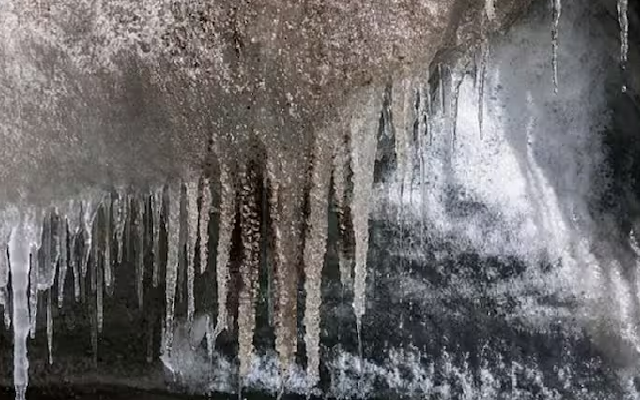
Date : 23-04-2024
The Himalayan mountain range, often referred to as the “Third Pole” due to its vast glaciers and snow, is facing considerable vulnerability to the effects of global climate change, both in terms of the environment and society. Recent research by ISRO suggests a concerning trend of glacier melt across the Indian Himalayas, leading to a noticeable expansion in the size of glacial lakes.
Numerous international studies have consistently shown that glaciers worldwide have been retreating and thinning at an unprecedented rate since the onset of the industrial revolution in the 18th century.
According to ISRO, this retreat results in the formation of new lakes and the enlargement of existing ones in the Himalayan region. These bodies of water, formed by glacier melt, are crucial freshwater sources for rivers in the area. However, they also present significant risks, such as Glacial Lake Outburst Floods (GLOFs), which can have devastating consequences for downstream communities.
89% Expanding Glacial Lakes In Himalayas Grew More Than Twice In 38 Years: ISRO
Research conducted worldwide has consistently shown that glaciers across the globe have been experiencing unprecedented rates of retreat and thinning since the onset of the Industrial Revolution in… pic.twitter.com/OCdOp4Batf
— Debanish Achom (@debanishachom) April 22, 2024
Using satellite data spanning nearly four decades, ISRO conducted a study revealing significant changes in glacial lakes across the Indian Himalayan region. Among over 2,400 glacial lakes identified in 2016-17, a notable 676 have expanded considerably since 1984. This includes 130 lakes within India, distributed across various river basins.
The transformations observed have been substantial, with the majority of expanding lakes more than doubling in size. Many of these enlarging lakes are situated at higher elevations, with a significant portion above 4,000 meters.
These glacial lakes are categorized into four main types based on their formation process: Moraine-dammed, Ice-dammed, Erosion, and others. Among the expanding lakes, the majority are Moraine-dammed, followed by Erosion and other types.
For instance, the Ghepang Ghat lake in Himachal Pradesh has expanded by 178% between 1989 and 2022, at a rate of almost 2 hectares per year.
As glaciers continue to melt rapidly, the swelling of these lakes signifies significant environmental shifts and heightens the threat of glacial lake outburst floods. These floods can result in catastrophic inundations downstream, posing serious risks to mountain communities.
Read More :